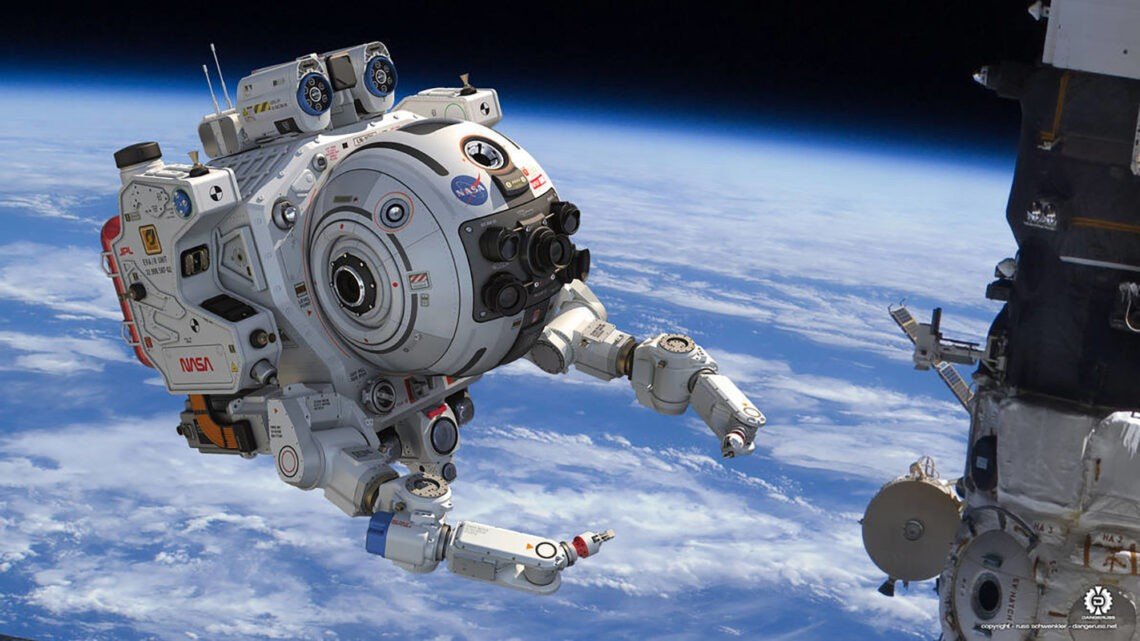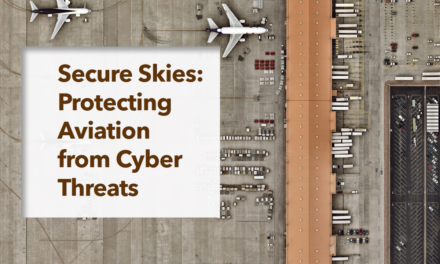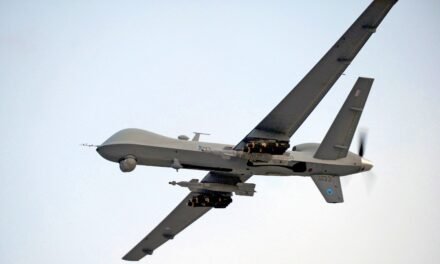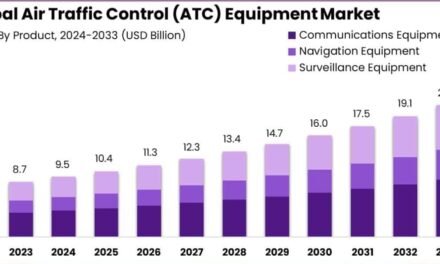Space robotics plays a critical role in satellite servicing and space station maintenance, enabling advanced capabilities for inspection, repair, assembly, and operation in the challenging environment of space. These robotic systems reduce risks to human astronauts, extend the operational life of satellites, and support the construction and upkeep of space infrastructure. Here’s an in-depth look at their importance:
1. Satellite Servicing
Space robotics enhances the functionality and lifespan of satellites through in-orbit servicing.
Inspection and Diagnostics
- Robotic Role:
- Equipped with cameras and sensors, robots perform detailed inspections of satellites to identify damage, misalignments, or malfunctions.
- Example:
- NASA’s Robotic Refueling Mission (RRM) demonstrated robotic capabilities to inspect and prepare satellites for servicing.
Refueling
- Robotic Role:
- Specialized robotic arms or tools can connect to a satellite’s fueling ports, enabling refueling operations that extend the satellite’s lifespan.
- Example:
- Northrop Grumman’s Mission Extension Vehicle (MEV) docked with a communications satellite to provide life-extension services.
Repair and Upgrades
- Robotic Role:
- Robots perform repairs such as fixing solar panels, replacing faulty components, or upgrading outdated technologies.
- Example:
- The European Space Agency’s (ESA) e.Deorbit mission concept aimed to use robotics to remove defunct satellites from orbit and potentially service others.
Orbital Debris Management
- Robotic Role:
- Robots can capture and deorbit defunct satellites or remove hazardous debris from orbit, reducing the risk of collisions.
- Example:
- ESA’s ClearSpace-1 mission plans to use a robotic arm to capture space debris for safe disposal.
2. Space Station Maintenance
Space robotics is essential for maintaining the functionality and safety of space stations like the International Space Station (ISS).
External Repairs
- Robotic Role:
- Robots handle repairs on the station’s exterior, such as fixing leaks, inspecting for damage, or maintaining solar arrays.
- Example:
- The Canadarm2 robotic arm on the ISS is used for various maintenance tasks, including capturing visiting spacecraft and installing external modules.
Construction and Assembly
- Robotic Role:
- Robots assist in the assembly of space station modules or other large structures, enabling precision and efficiency in the microgravity environment.
- Example:
- The European Robotic Arm (ERA) is designed to assemble and maintain components of the Russian segment of the ISS.
Cargo Handling
- Robotic Role:
- Robotic systems are used to capture, unload, and deploy cargo brought by resupply missions.
- Example:
- The Japanese Experiment Module Remote Manipulator System (JEMRMS) unloads and deploys scientific experiments on the ISS.
Reduced Astronaut Workload
- Robotic Role:
- Robots take over repetitive or hazardous tasks, allowing astronauts to focus on scientific research and mission-critical activities.
3. Advancing Autonomous Operations
AI Integration
- Robots equipped with artificial intelligence (AI) can make autonomous decisions, adapting to unexpected situations without direct human intervention.
- Example:
- NASA’s Astrobee robots operate autonomously inside the ISS, assisting astronauts with inventory management and experiments.
Remote Operations
- Robots can be controlled from Earth or nearby spacecraft, enabling precise actions without requiring human presence in risky environments.
4. Enhancing Safety
- Mitigating Human Risk:
- Robots perform tasks in hazardous environments, such as exposure to radiation, micrometeoroids, or extreme temperatures, reducing risks to astronauts.
- Example:
- Robotic systems like the Dextre manipulator on the ISS handle tasks that would otherwise require risky spacewalks.
5. Supporting Future Space Infrastructure
Space robotics is critical for building and maintaining the next generation of space infrastructure, including lunar bases, Mars habitats, and orbital refueling depots.
Lunar and Martian Missions
- Role:
- Robots will assemble habitats, maintain equipment, and conduct resource extraction (e.g., mining water or regolith) for long-term exploration.
- Example:
- NASA’s VIPER rover will scout lunar resources, paving the way for robotic infrastructure support on the Moon.
Large-Scale Space Structures
- Role:
- Robotic systems can assemble massive structures like telescopes, space stations, or solar power arrays in orbit.
- Example:
- DARPA’s Robotic Servicing of Geosynchronous Satellites (RSGS) program is developing robotic systems to repair and upgrade satellites in geosynchronous orbit.
6. Economic and Operational Benefits
- Extending Satellite Lifespan:
- Refueling and repairs delay the need to launch replacement satellites, reducing operational costs.
- Reducing Launch Frequency:
- Maintenance and upgrades enable space assets to remain functional longer, reducing reliance on new launches.
- Efficient Use of Resources:
- Robotic servicing minimizes waste by allowing satellites and space stations to be upgraded or repaired rather than replaced.
7. Technological Innovations in Space Robotics
Dexterous Manipulators
- Multi-jointed robotic arms equipped with precision tools for complex tasks.
- Example: The ISS’s Dextre manipulator can handle delicate tasks like changing batteries or installing sensors.
Autonomous Mobility
- Robots like rovers and drones navigate autonomously on planetary surfaces or within spacecraft.
- Example: NASA’s Robonaut 2, designed for both internal and external ISS tasks.
AI and Machine Learning
- Enhances robotic decision-making for real-time problem-solving and adaptive task execution.
Challenges in Space Robotics
- Complexity:
- Designing robots that can function in the harsh conditions of space with minimal maintenance.
- Autonomy:
- Developing AI systems capable of handling unexpected issues during long-duration missions.
- Cost:
- High development and deployment costs for advanced robotics.
- Integration:
- Ensuring seamless coordination between robots, astronauts, and ground control systems.
Conclusion
Space robotics is indispensable for satellite servicing and space station maintenance, enabling tasks that would be too dangerous, costly, or time-consuming for humans. By extending the lifespan of satellites, reducing operational risks, and supporting the construction of future space infrastructure, robotics is driving the evolution of sustainable and efficient space exploration. As technology advances, robotic systems will become even more capable, paving the way for more ambitious missions, such as building lunar bases, maintaining Mars habitats, and assembling large-scale space structures.
Hashtags
#SpaceRobotics #RobotsInSpace #AerospaceRobotics #SatelliteServicingRobots #SpaceStationRobotics #SatelliteServicing #SatelliteRepair #RoboticSatelliteMaintenance #InOrbitServicing #SatelliteLifeExtension #SpaceStationMaintenance #RoboticsForSpaceStations #ISSMaintenance #RoboticArmTech #OrbitalMaintenance #TechnologyAndInnovation













